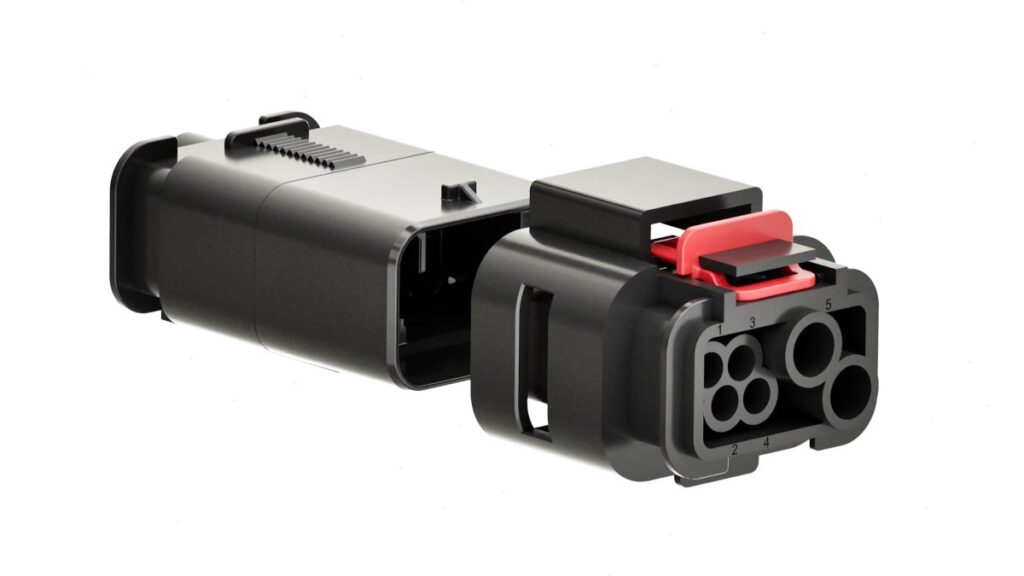Revolutionizing Vehicle Networking: Tesla’s Next-Gen Technology
Step into a Tesla vehicle, and you’ll find yourself surrounded by cutting-edge features powered by a sophisticated network of devices. From the Full Self-Driving (FSD) and infotainment computers to a myriad of networked sensors, Tesla vehicles are at the forefront of automotive technology.
The traditional system that has been the backbone of in-vehicle communication for decades is the Controller Area Network (CAN) – developed by Bosch in the 1980s. However, as technology advances and the demands of modern vehicles increase, the limitations of CAN are becoming apparent.
Tesla is leading the charge in developing a next-generation vehicle network to replace CANBUS. This new network is expected to align with the innovative 48-volt low-voltage architecture introduced in the Cybertruck.
The Evolution of CANBUS
CANBUS, developed in the early 1980s and standardized in the 1990s, revolutionized in-vehicle communication by simplifying wiring complexity. However, its limited data transfer speeds and complexity are proving to be obstacles in today’s data-driven environment.
Enter Tesla’s next-gen networking system, featuring Time Division Multiple Access (TDMA) technology. Unlike CAN, TDMA ensures efficient data transmission by assigning specific time slots for communication, reducing interference and improving reliability.
Enhanced Networking Capabilities
Tesla’s patent application outlines a sophisticated network structure based on TDMA. The system utilizes Network Allocation Maps (MAPs) to allocate time slots for different types of traffic, enabling Quality of Service (QoS) management for critical and bulk data.
Precise synchronization across all nodes, domain management by Domain Master nodes, and dynamic slot allocation enhance the efficiency and reliability of the network.
Integration with 48-Volt and LVCS
Tesla’s networking innovations complement the Low Voltage Connector Standard (LVCS) and the 48-volt architecture, simplifying wiring networks and reducing part complexity. The Cybertruck showcases these advancements, paving the way for future features leveraging the new capabilities.
The 48-volt architecture enables the use of thinner wires, reducing costs, while LVCS streamlines connector types, simplifying manufacturing and repair processes.
Driving Innovation Forward
Tesla’s advancements in vehicle networking promise smoother FSD data transfer, enhanced infotainment systems, and seamless OTA updates. This technological leap represents the dedication to engineering excellence that defines every Tesla vehicle.

